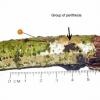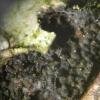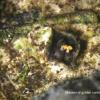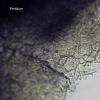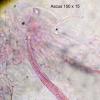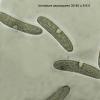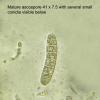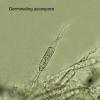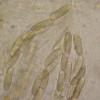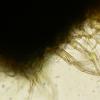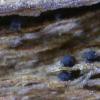
15-12-2025 21:11
 Hardware Tony
Hardware Tony
Small clavate hairs, negative croziers and IKI bb

15-12-2025 07:09
 Danny Newman
Danny Newman
indet. Rutstroemiaceae sp. on unk. fallen leavesMc

15-12-2025 15:54
 Johan Boonefaes
Johan Boonefaes
Unknown anamorph found on the ground in coastal sa

15-12-2025 15:48
 Danny Newman
Danny Newman
Melanospora cf. lagenaria on old, rotting, fallen

15-12-2025 07:05
 Danny Newman
Danny Newman
Pseudosclerococcum golindoi (det: Zotto)near Cosb

15-12-2025 11:49
 Danny Newman
Danny Newman
ITS sequences from the following two collections B

15-12-2025 12:34
 Danny Newman
Danny Newman
indet. Rhytismataceae on oak leafnear Purchase Roa

09-12-2025 12:06
 Andgelo Mombert
Andgelo Mombert
Bonjour,Je recherche l'article concernant Hypobryo
This fungus was growing on an attached dead branch of Quercus robur in a small wooded area in Capel, Surrey, England. Lat, long 51.151143, 0.313536, altitude 85m.
Perithecia were erumpent to superficial. Individual perithecia were about 0.25mm. in diameter, these occurred in various quantities from very small to a group of 1 cm across shown in 1st and 2nd photos. Peridium was textura angularis.
Most of the perithecia contained immature spores, these were golden, 35-37.5 x 5-7.5 and each had a very conspicuous nucleus. A few mature spores were found, these were 6-7 septate and averaged 41 x 7.5. The septae seemed to develop late and were not observed when the spores were within the asci. Asci on average were 150 x 15.
Some of the ascospores had conidia developing at the septae, the conidiospores were 10-12 x 2.5-3.5. Golden masses of spores were exuding from some of the ostioles, these consisted of both conidio and asco spores.
It seems to resemble a Lasiosphaeria or an allied genus but I cannot get any closer with its determination, can anyone help please?
Best wishes
Vivien


likely L. sorbina, as pointed out by Zotto.
You should check your collection against the detailed description given by Miller & Huhndorf in Mycologia, 96(5), 2004, pp. 1106–1127.
Cheers,
Jacques

http://wwx.inhs.illinois.edu/files/6813/2111/8750/Lasiosphaeria_ovina_Miller_Huhndorf_Mycologia2004.pdf
Andy
I have checked my collection and it does indeed seem consistent with the description of Lasiosphaeria sorbina given in the Miller & Huhndor paper that you refer to. The only slight difference is that the spores in my collection appeared golden particularly when in the ascus, could that just have been due to pigments present in the centrum?
It is apparently a very rare, or at least rarely recorded, fungus here in the UK so great to have it identified.
Best wishes
Vivien

Cheers,
Andy
Cheers
Vivien
An anecdote, I found it a new time yesterday, on Sorbus aria, around Eutypella sorbi, hidden under the bark. So I agree with the identification , of course. A nice fungus.
Alain

I actually saw the paratype of L. capitata, probably given to me by Jacques in 2004 for some reason.
In GenBank I only see L. sorbina, does a sequence of L. capitata exist?
I still wonder about a collection on Fagus bark (inner side), with light brown Sp. *19.5-23 x (5-6-)6.5-7 µm. - Munk reports L. sorbina on inner side of Fagus bark, but with sp. 28-45 x 6-8 µm.
Zotto

Cheers,
Andy
